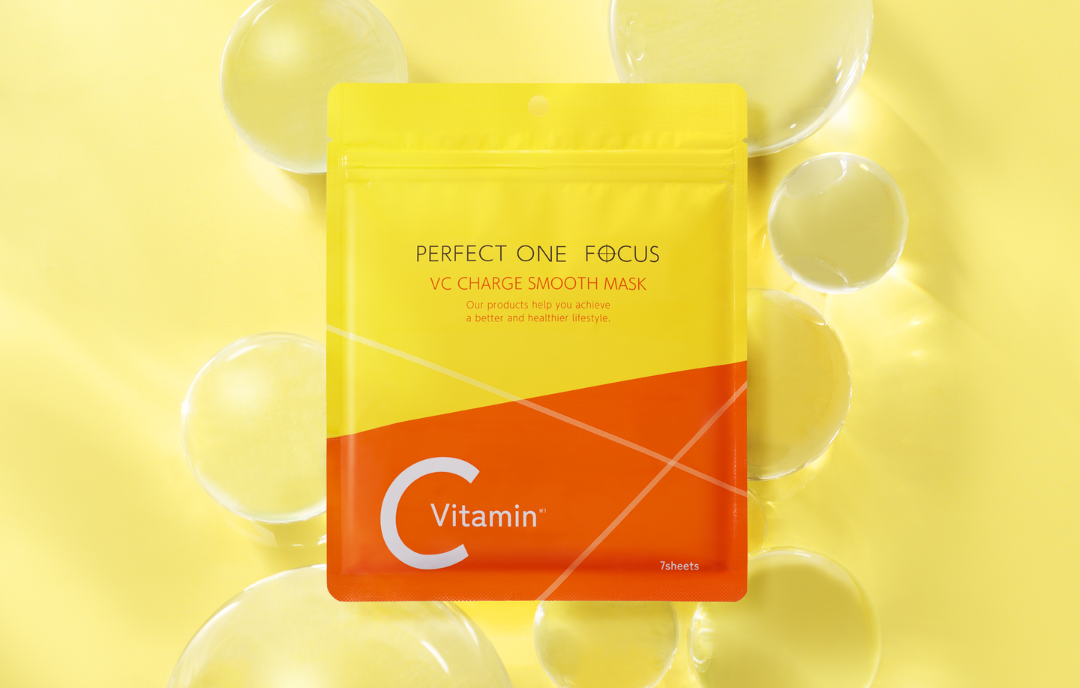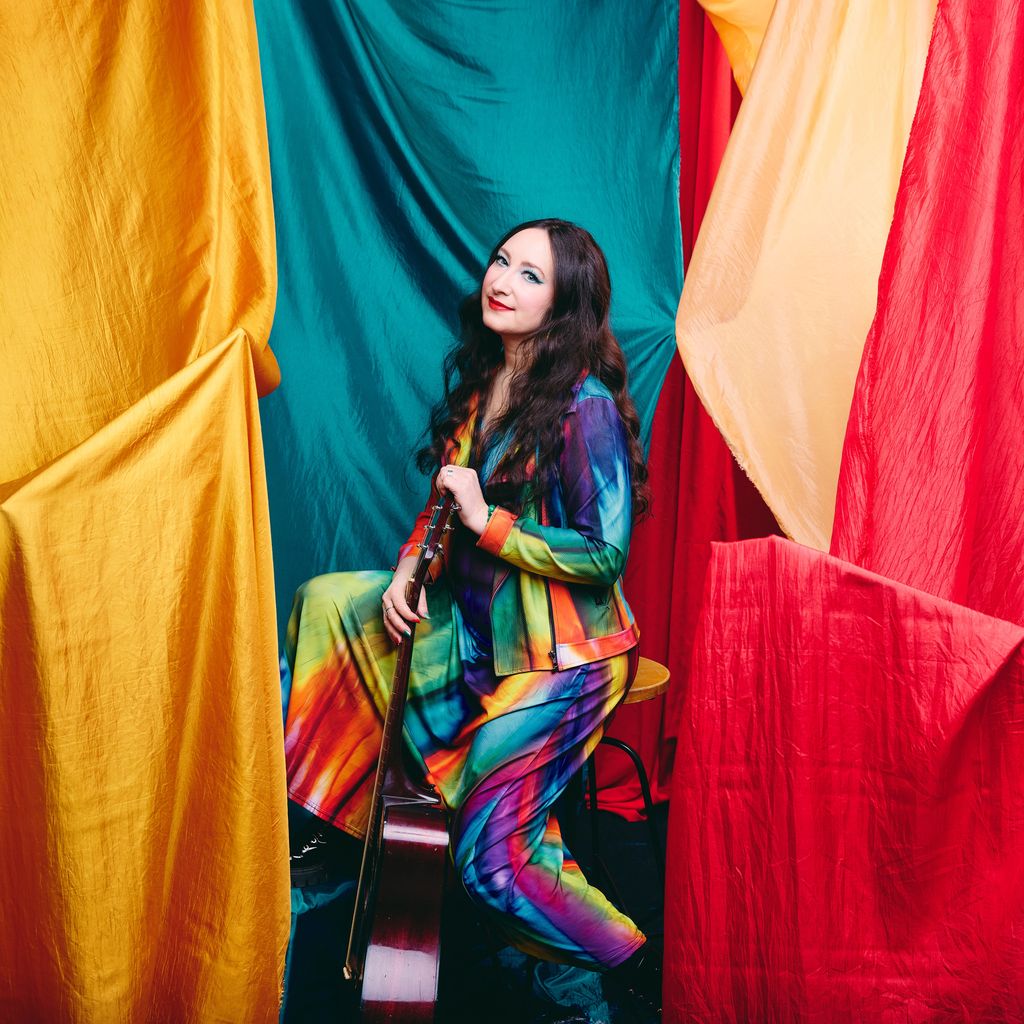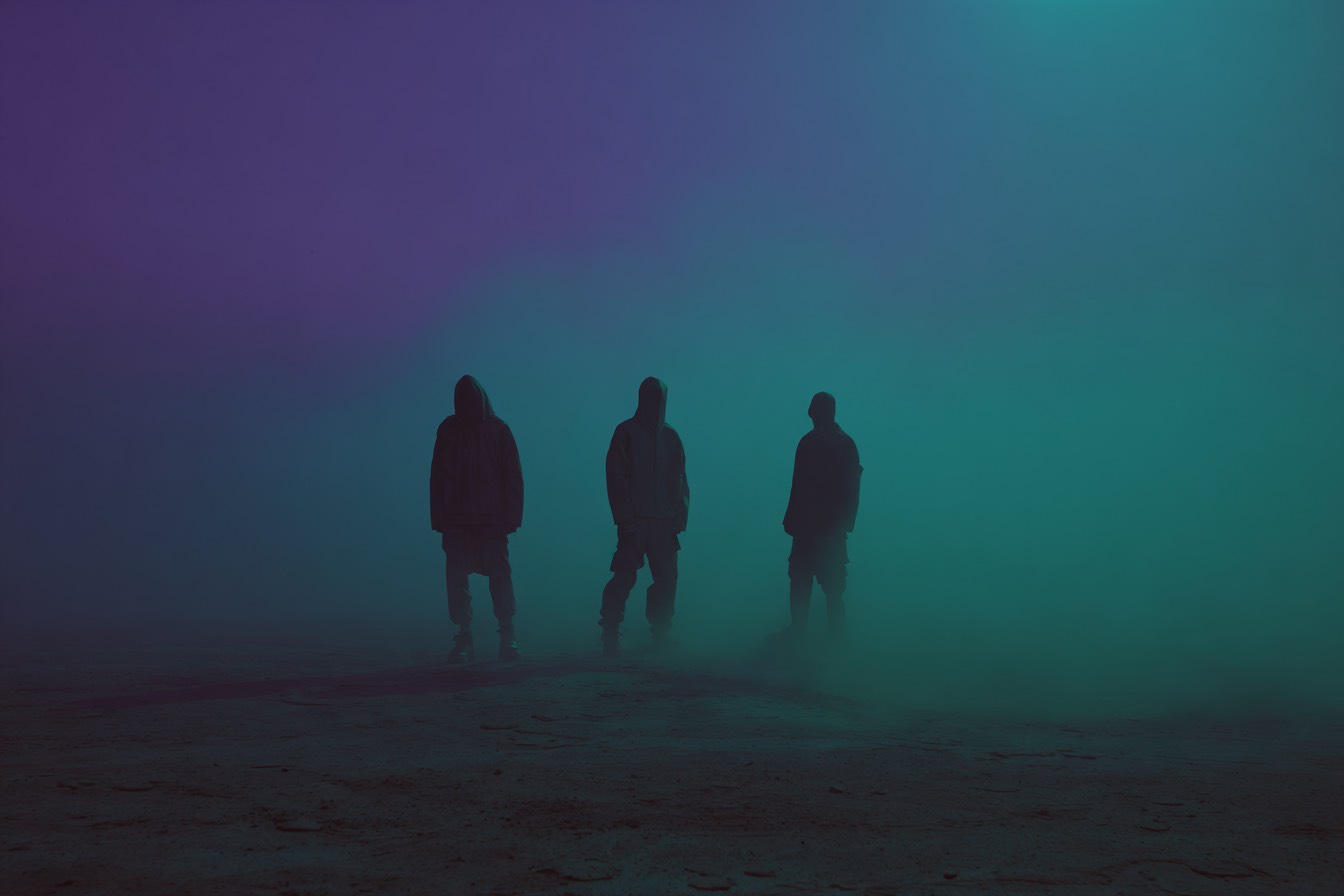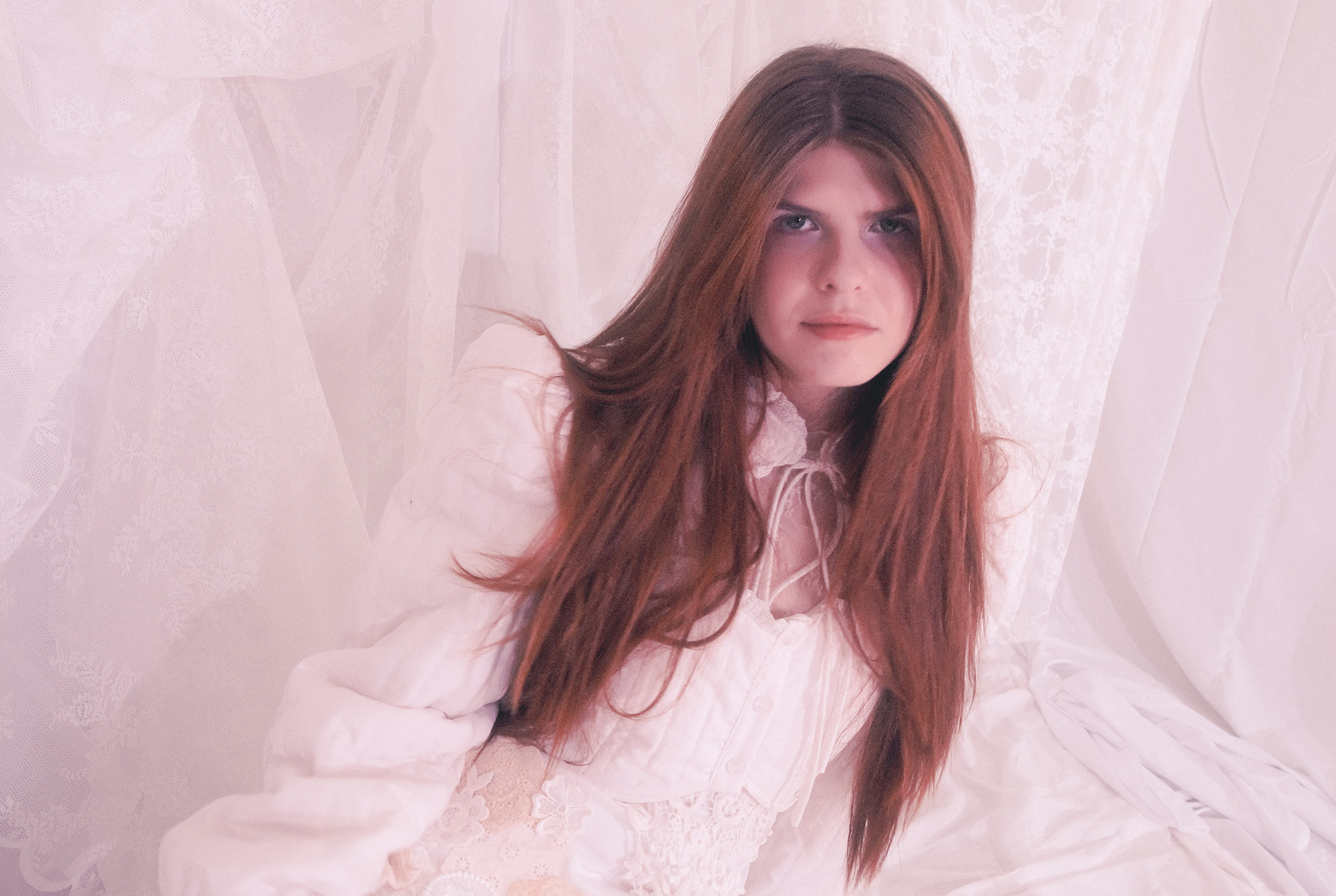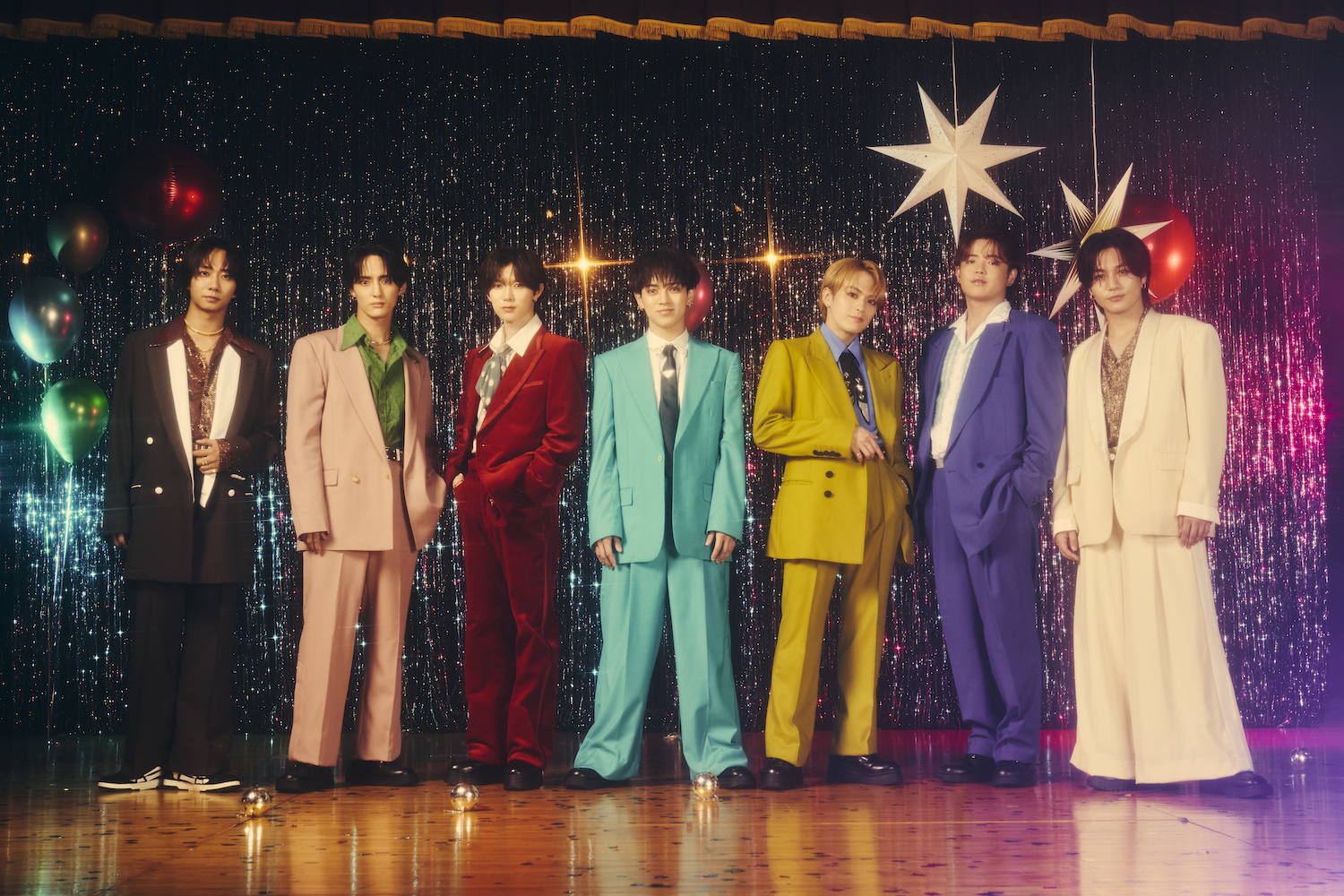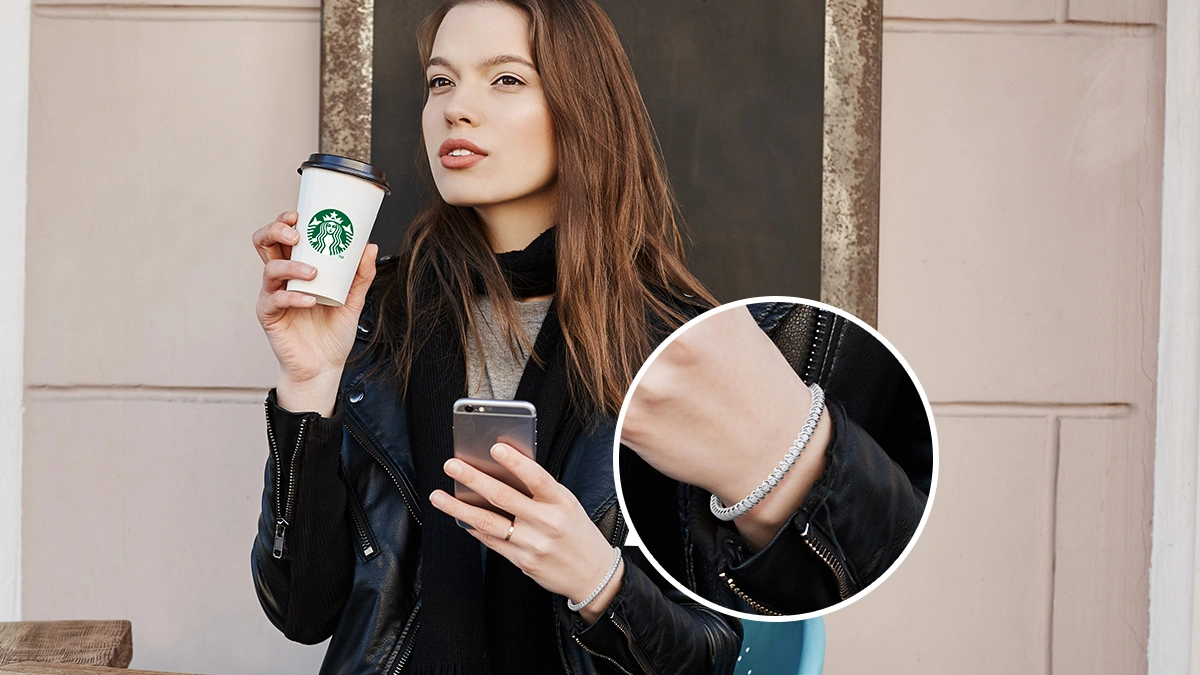Trending
How to Select Product Images for Your Online Store
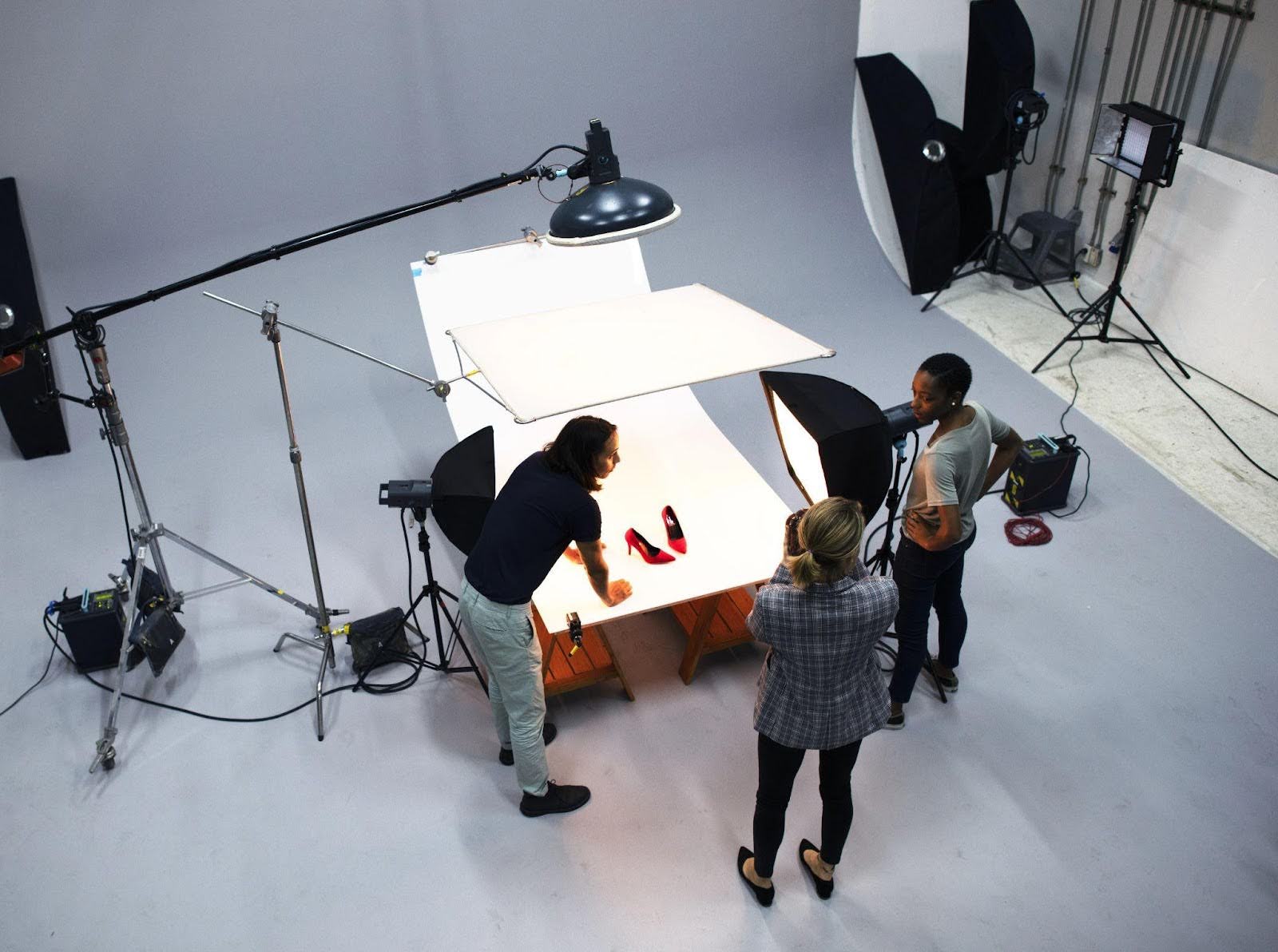
Despite the famous saying of not judging a book by its cover, that’s exactly what most people do. A person’s appearance makes an impression on us in a matter of seconds, without us even realizing it. The same applies to product photos in an online store.
Customers trust higher-quality, curated images on a website because they demonstrate the authenticity and credibility of the brand. Low-quality visuals, on the other hand, communicate a lack of effort, which can turn potential customers away.
To convince online visitors to make a purchase, it’s important to invest in your product pictures. But don’t worry, we are not talking about breaking the bank here. With affordable solutions like royalty-free images by Depositphotos and a few simple tips, you can easily elevate the look of your website pictures. Keep reading to learn more!
How do images influence buyer decisions?
There are many things that will compete for customer attention online, but high-resolution, unique images will help capture their interest. Let’s look at the data that supports this claim.
- Three out of four online shoppers rely on product images to guide their purchasing decisions;
- According to research conducted by Shopify, high-quality product photographs show a 94% higher conversion rate compared to low-quality photos;
- Hubspot reports that 67% of consumers claim that the quality of product images plays a crucial role in their decision-making process;
- Product conversion rates can increase by 250% when they are accompanied by multiple high-quality photos;
- 26% of online consumers will abandon their shopping carts if they encounter inaccurate or missing product images.
5 tips for choosing worthwhile e-commerce product images
1. Understand your target audience
Before we dive into the types of images for an online store, it’s crucial to note that different audiences require different pictures. For example, younger audiences, like Gen Z, may prefer more trendy and visually appealing images. They will welcome bold color choices, eclectic visual styles, and creative compositions.
The older demographic, on the other hand, will appreciate more traditional and straightforward product photos. Millennials and Gen Xers are the ones who like to see images that are clear, detailed, and showcase a product in a realistic way.
So, to start, identify your customers’ preferences and expectations. Also, consider cultural and industry norms, such as the use of certain colors, compositions, and props. After that, adjust your visuals to your target audience, their interests, and shopping habits.
2. Learn the basics of an effective product image
While the aesthetics of a product image would differ based on the target audience, some things should always remain consistent. These include high resolution, clarity, proper lighting, visual style, branding, and accurate product representation.
When choosing photos to represent your product, identify key visual criteria and adhere to them in all marketing materials. For instance, you can use certain colors, angles, backgrounds, or editing techniques to create a cohesive look across your online store.
To have a better understanding of an effective product image, check out successful e-commerce websites and analyze how they showcase their products. Apple’s website is a great example of how to depict products through high-quality images and consistent visual style.
3. Choose the best types of pictures for your website
The right online store image is a powerful tool for promoting your business. Here are the many types of product images that every online shop owner should know about:
- Product-only image
This type of photography is often used as a main product image because it shows a product without any distractions. A product-only photo will feature a well-lit product against a simple, plain background.
- Multi-angle photo
To convince buyers that a product looks good from all sides, it’s important to show alternative perspectives. You can include multi-angle photos that showcase an item from the front, back, sides, and top.
- Group shot
If you are selling the same product with different characteristics, be sure to take a group shot. This type of photo will help you show your client the variety of options available and make it easier to compare them.
- Detailed close-ups
Regardless of the product, customers want to see material, texture, and quality up close. Therefore, it’s essential to photograph a product close up and highlight its important features.
- Lifestyle photography
Lifestyle images will help you show a product in context, demonstrating how it can be used or worn in real life. Such visuals can often convince a customer to make a purchase because they understand how the product can be used in real-world situations.
- Scale shot
More often than not, a catalog photo makes it impossible to determine the true size or scale of a product. In this case, you should include a scale shot in the product listing so that customers can better understand the dimensions and proportions of the item.
4. Find the best place to buy images online
Not every business has the resources to do a photoshoot for every product. Yet, the quality and variety of pictures in an online store influence a customer’s purchasing decisions. To navigate a situation like this, use stock content marketplaces.
A stock content platform is a go-to solution for businesses looking to source high-quality, aesthetically pleasing images without spending a fortune. You can even find free images for your online store there.
The popular choice among marketers, designers, and other creatives is Depositphotos. It’s a stock content marketplace with 300M+ royalty-free photos, vectors, illustrations, videos, sound effects, and music tracks. Thanks to their advanced search filters and curated image collections, you can easily find the perfect content to add to your website.
5. Avoid common mistakes
Stock images are great for diversifying your product images and reducing content production costs. You just need to edit them a bit to make them look on-brand. However, be sure to avoid common mistakes when sourcing new images elsewhere.
- Using generic royalty-free images
Cliche stock imagery is a thing of the past. Modern stock content marketplaces are filled with unique and authentic visuals that can help your online store stand out. Look for images that are relevant to your brand and message, and avoid using generic images that have been overused by other websites.
- Inconsistent image styles across the store
Carefully curate your pictures to ensure that they have the same visual style, including colors, lighting, composition, and editing techniques. Consistency in imagery will help your store look more professional.
- Over-editing in photographs
Over-editing can make your products look unnatural and turn customers away. It’s best to keep editing to a minimum to avoid misrepresenting your product.
Bottom line
The right images are key to an effective online store. They are the first thing that catches a customer’s eye, so make sure to use the tips above to pick the accurate pictures for your website.



